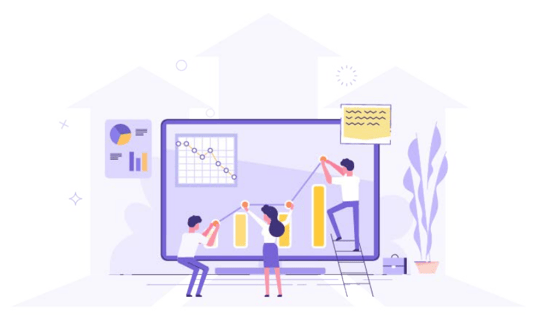Planning TV campaigns for an app audience is tricky work. It’s hard to know where to advertise when you can’t even tell exactly how your TV ads impact app activities like installs, purchases, etc.
We know how you feel.
While it’s super easy to get data on the online behaviour of app users, especially for brands in e-commerce, BFSI, entertainment, gaming industries, etc., the same businesses have a major blindspot for broadcast TV because they cannot tell what relevant target group watches on TV. So they end up spending crores on TV campaigns (which is not a bad thing) without being able to deterministically connect it with the actions viewers take on the app (which can be a bad thing).
But here’s the good news - this data gap has already been filled. Actually. And apps can directly use their own first party TV viewership data to attribute back to app usage and also to plan the most effective campaigns.
Major players like Swiggy and Cars 24 have done this during massive festive season campaigns and were able to efficiently distribute every spend so as to see an impact on app users. You can check out this testimonial video in which Swiggy’s GM of Brand Marketing explains how this helped them measure impact and also plan much more efficient TV campaigns.
There’s no reason why your brand shouldn’t have all this data and accurate ROIs too.
Here are three ways we can help you go about it:
First, analyze the TV viewership data of your app users and plan your TV campaign according to their content preferences:
 Did you know that you can actually profile what your app users watch on TV, and accordingly place their ads on the most impactful channels and time-slots?
Did you know that you can actually profile what your app users watch on TV, and accordingly place their ads on the most impactful channels and time-slots?
For example, you could choose if you would rather advertise on a reality TV show or a sports league based on actual TV preferences of your users. A major brand recently did an analysis with us which revealed that their ads on high ticket event broadcast had lesser impact among their TG compared to a lesser costing show. So you don’t wanna shoot in the blind and end up running your money on the wrong spots, do you?
This profiling can be done for at highly granular levels - specific cohorts or user segments based on app user behaviour or purchase patterns (example: premium buyers, frequent shoppers,lapsers), demographics, geo-locations and even by exposure to your competitor TV ads!
You can also read up on how Swiggy got their TV planning for festive and IPL seasons sorted using their app user’s real TV insights - download the case study here.
Instantly measure your ongoing TV campaign performance among your user base:

A standard TV viewership report takes several days. But you can change this. Your TV campaigns can be monitored on a daily basis to understand among your specific app-user segments based on geography, channels, genres, affluences levels (depending on price of mobile handsets) and time-slots. Here are some of the data points you can access in near real-time:
What can you monitor?
What data cuts can you get?

Now for the grand finale, track how your TV ads impact installs and actions taken by users on the app:
 You can now attribute every second of TV ad exposure to app installs and any actions taken such as purchase, add-to-cart, etc. Basically, you can tell if exposure to your TV ad at any point of time resulted in an install or buy.
You can now attribute every second of TV ad exposure to app installs and any actions taken such as purchase, add-to-cart, etc. Basically, you can tell if exposure to your TV ad at any point of time resulted in an install or buy.
There are three types of insights that a brand can get from the attribution report:
- Performance insights: Connect TV ad exposure to specific digital metrics such as app installs or purchases performed when exposed on different channels, shows, genres and time bands (eg: 8 PM - 9 PM).
- Geographic insights: Understand TVC performance at state, socio-cultural region, city and hyperlocal levels vis-a-vis the specified digital metrics.
- Ad creative insights: Analyze which TV ad creative or language edit gave the best digital results, done at an ad-spot level.
To understand how this kind of attribution is executed and connected back to TV media planning, take a look at this case study with Cars 24. They basically wanted to understand if the channels where they were advertising were effective for certain geo markets. Using the data we provided, they went on to create an effective media plan based on actual TV viewing habits of their app TG. Then they came to a full circle by measuring the impact of that new TV plan on users. Download the case study here.
Well, what are you waiting for?





